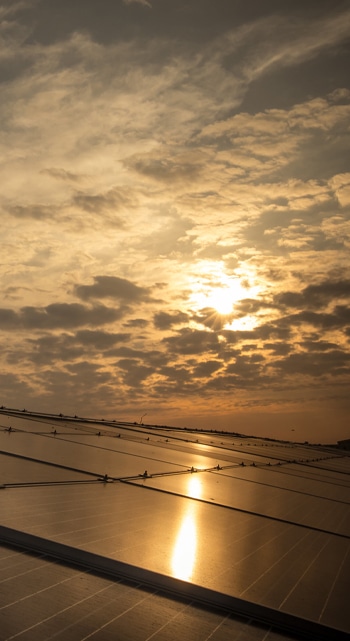Solar Inverter

Solar Inverter
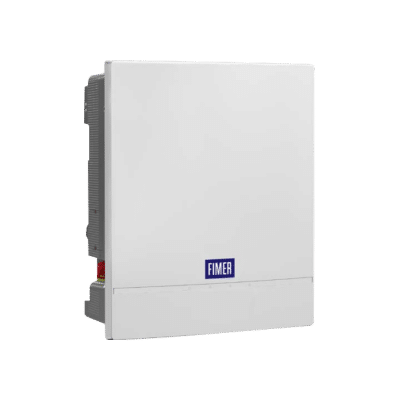
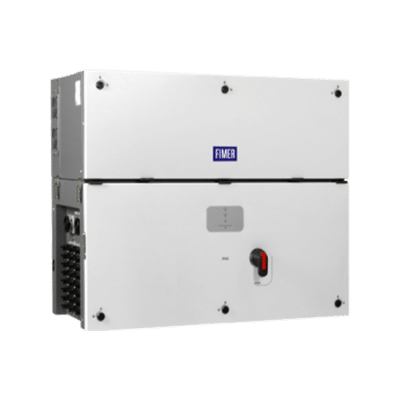


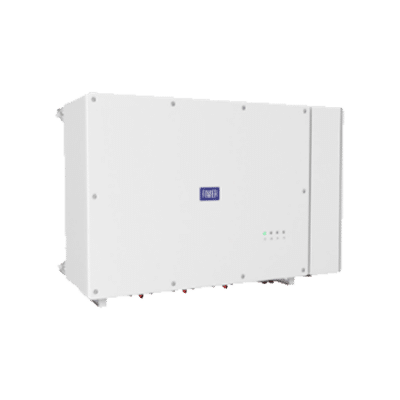
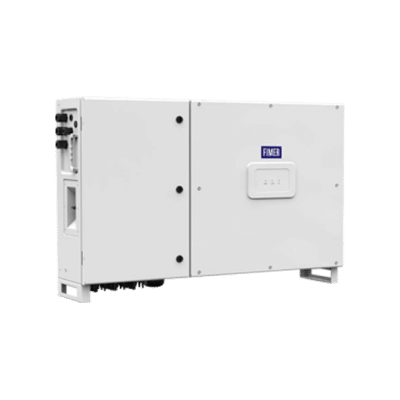
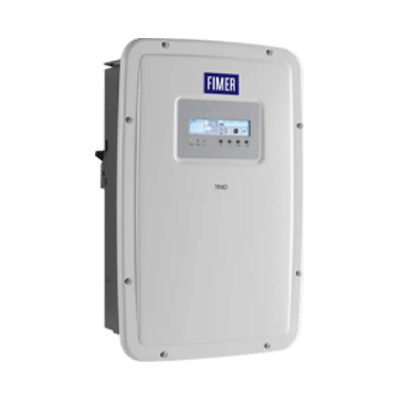
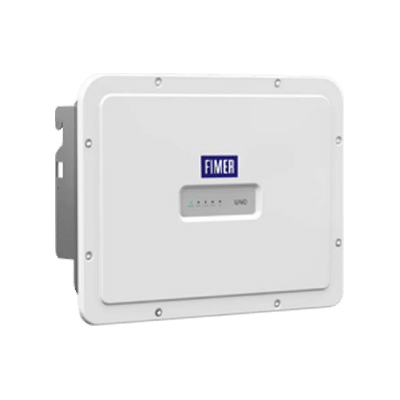

In the solar system, an inverter functions similarly to a brain. The main purpose of this is to convert DC electricity generated by the solar array to AC power. It enables for system monitoring so that system operators may see how the system is performing. One of the most important considerations when installing a solar panel system for your home is the type of inverter to use. Solar panels provide direct current (DC) energy, which is converted into usable alternating current (AC) energy by inverters. Inverters are the most crucial piece of equipment in a solar power system after the panels themselves. The inverter provides analytical data to assist in identifying operations and maintenance concerns so that the system can be fixed.
What is a Solar Inverter?
A solar inverter is an electrical converter that converts a solar panel’s irregular DC (direct current) output into an AC (alternating current) output (alternating current). This current can be utilised for a variety of purposes, such as in a functional electrical grid or an off-grid electrical network. It is a risky BOS (balance of system) component in a PV system that allows the use of standard AC-powered apparatus. These inverters have some functionality with PV arrays, such as maximum PowerPoint tracking and anti-islanding protection. When installing a solar system for a home, the inverter must be carefully chosen and installed. As a result, an inverter is a necessary component of a solar power system.
Types of Solar Inverters
The following are some of the applications that can be used to classify solar inverters.
String Inverter
Every string contains DC power, which is converted to AC power and used in the same way as electricity. Depending on the size of the installation, you may need several string inverters, with each string receiving DC power from one or more strings. These inverters are ideal for installations when the panels are positioned on a single plane so that they do not face in various directions.
As string inverters are module-level power electronics that are positioned at the module level, they can also be utilized with power optimizers. As a result, every solar panel has one. Solar panel manufacturers integrate power optimizers into their products and sell them as a single smart module to simplify installation. Power optimizers, like microinverters, provide several benefits at a lower cost. As a result, adopting inverters such as solely string or micro inverters could be a viable option.
Central Inverters
These are similar to string inverters, except they are larger and can accommodate more solar panels strings. Instead of running strings directly to the inverter, the strings are grouped together in a general combiner box, directing DC electricity to the center inverter, where it is converted to AC power. These inverters do not require any component connections; however, they do require a pad and a combiner box because they are intended for large installations with consistent production across the array.
These inverters range in size from MWs to hundreds of KWs and can handle up to 500kW per area. These are not typically utilized in households, but rather in large commercial and utility-scale solar farms.
Benefits of Solar Inverter –
- This is a reliable source of energy.
- These inverters empower small businesses by lowering their energy requirements and needs.
- These are multifunctional devices as they are preprogrammed to alter DC to AC which assists large energy consumers.
- Easy to set up & more reasonable compared with generators.
- Maintenance is easy as they work well even with usual maintenance.
